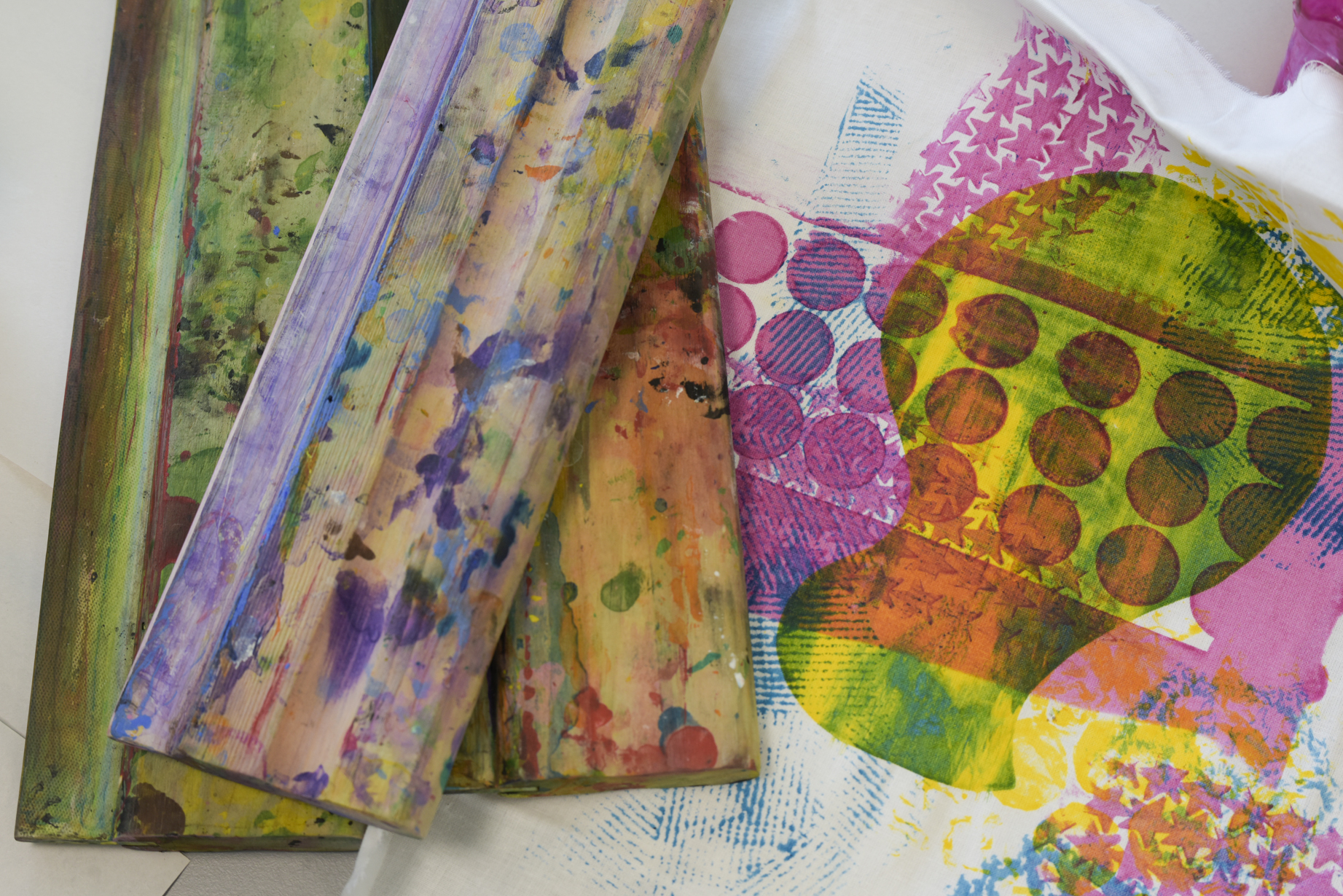Textiles
Back
Textile Design allows students to think creatively and imaginatively. Learn by doing, they will experiment with a broad range of exciting media, techniques and processes. Students will develop their creativity and independent thinking, and will be encouraged to express themselves visually and let their imagination flourish.
An extensive range of processes are explored and developed that cover all aspects of printed, dyed and constructed textiles. Practical work is supported by critical evaluation and an awareness of contemporary and historical influences.
The coursework units offer an experimental approach to a range of practices, whilst considering the work of other artists and designers to help inform and support the practical work of students. This will count for 60% of the total A Level marks. In component 2 students will produce personal work in response to one of eight exciting starting points issued by the exam board. They will be given time to research and develop their ideas in a practical way. Their final piece will be produced within a ten-hour supervised period of time which will count for 40% of the total A Level marks.
“l have thoroughly enjoyed the two-year course, it has been a highly rewarding and challenging subject. Year 12 Unit 1 allows us to experiment with different textiles techniques and Unit 2 is based around a chosen theme requiring independent work.”
Next Steps
The majority of our students go on to do a one-year Foundation Diploma, or apply directly to degree courses at universities and other institutions. Having this qualification also enables students to progress to a more specialist area within the Art and Design field.
An A Level in a creative subject also provides you with highly valued and transferable skills across many sectors, such as problem solving, team working and visual communication.
Studying Textile Design at A Level gives learners all sorts of exciting career opportunities. For those with an adventurous, creative and enquiring mind, who are excited by shaping and determining the visual world around them, there is a career opportunity waiting for them!
Entry Requirements
Standard entry requirements, plus:
· Minimum Grade 4 Art (or related GCSE)
· L2 vocational equivalent at Merit or Distinction
· Bring a portfolio of your work to interview
Exam board
AQA





